Social Disorganization Theory: Causes of Urban Crime
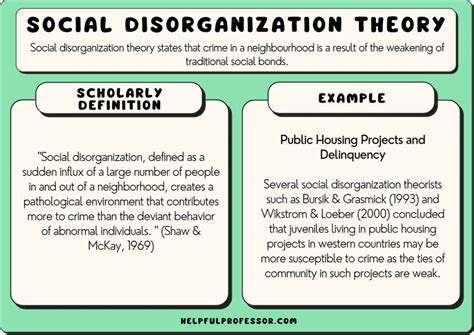
Social Disorganization Theory: Understanding the Causes of Urban Crime
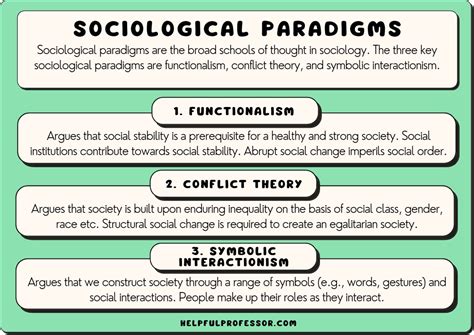
The Social Disorganization Theory is a seminal concept in the field of criminology that attempts to explain the causes of urban crime. Developed by sociologists Clifford Shaw and Henry McKay in the 1940s, this theory posits that crime is more likely to occur in areas where there is a breakdown in social organization and community cohesion. In this blog post, we will delve into the key principles of the Social Disorganization Theory, its causes, and its implications for understanding urban crime.
Key Principles of Social Disorganization Theory
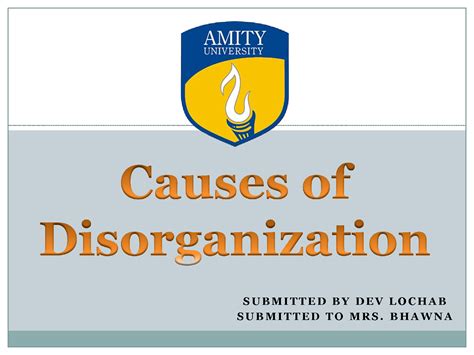
The Social Disorganization Theory is based on three primary assumptions:
- Social disorganization: This refers to the breakdown of social institutions, such as family, school, and community, which leads to a lack of social control and cohesion.
- Urbanization: The rapid growth and changes in urban areas lead to the disruption of traditional social relationships and the emergence of new, often disorganized, social structures.
- Crime as a result of social disorganization: Crime is seen as a result of the breakdown in social organization, rather than as a result of individual pathology or moral weakness.
Causes of Social Disorganization
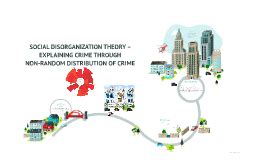
According to Shaw and McKay, there are several causes of social disorganization that contribute to the breakdown of social institutions and the emergence of crime:
- Poverty: Economic deprivation and poverty can lead to a lack of access to resources, opportunities, and social services, contributing to social disorganization.
- Residential mobility: Frequent changes in residence can disrupt social relationships and lead to a sense of disconnection from the community.
- Ethnic and racial heterogeneity: The presence of diverse ethnic and racial groups in a community can lead to social conflicts and tensions, contributing to social disorganization.
- Urbanization: The rapid growth and changes in urban areas can lead to the disruption of traditional social relationships and the emergence of new, often disorganized, social structures.
Implications of Social Disorganization Theory
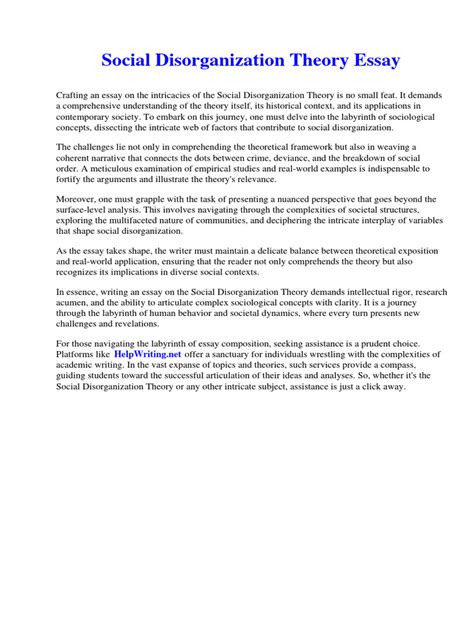
The Social Disorganization Theory has several implications for understanding urban crime:
- Crime rates: Areas with high levels of social disorganization tend to have higher crime rates, particularly for violent and property crimes.
- Community cohesion: Strong, cohesive communities with high levels of social organization tend to have lower crime rates.
- Social programs: Social programs aimed at addressing poverty, residential mobility, and ethnic and racial tensions can help to reduce social disorganization and crime rates.
📝 Note: The Social Disorganization Theory is not without its criticisms. Some argue that the theory is too broad and does not account for individual differences and motivations. Additionally, the theory has been criticized for its emphasis on community-level factors, rather than individual-level factors.
Policy Implications
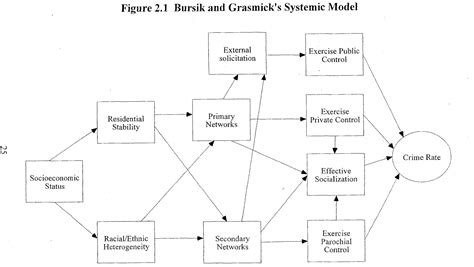
The Social Disorganization Theory has several policy implications for addressing urban crime:
- Community-based programs: Community-based programs aimed at promoting social cohesion, addressing poverty, and reducing residential mobility can help to reduce social disorganization and crime rates.
- Urban planning: Urban planning strategies that prioritize community cohesion and social organization can help to reduce crime rates.
- Social services: Social services aimed at addressing poverty, housing, and education can help to reduce social disorganization and crime rates.
| Policy Implications | Strategies |
|---|---|
| Community-based programs | After-school programs, community centers, and mentorship programs |
| Urban planning | Infill development, mixed-use development, and community land trusts |
| Social services | Job training programs, housing assistance, and education programs |
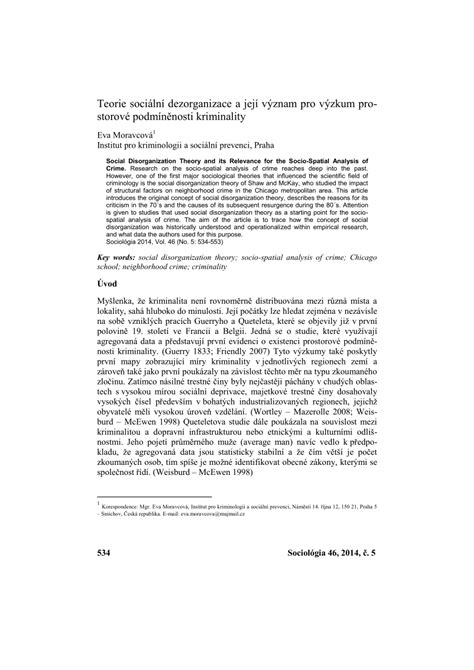
Conclusion
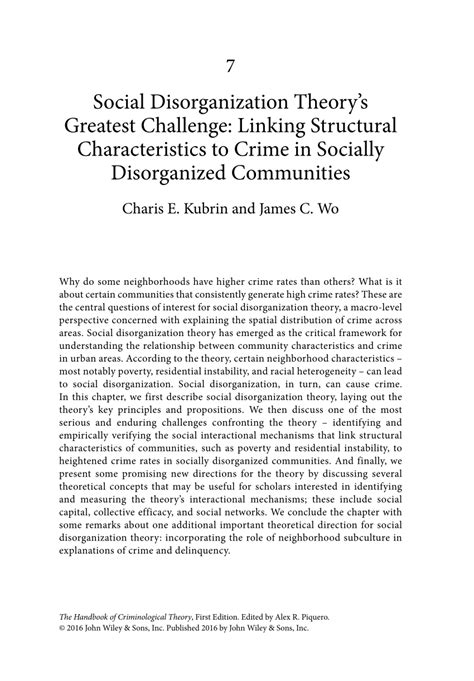
The Social Disorganization Theory provides a framework for understanding the causes of urban crime. By addressing the underlying causes of social disorganization, such as poverty, residential mobility, and ethnic and racial tensions, policymakers and community leaders can work to reduce crime rates and promote community cohesion. While the theory has its limitations, it remains an important contribution to the field of criminology and continues to inform policy and practice today.
What is the Social Disorganization Theory?

+
The Social Disorganization Theory is a criminological theory that posits that crime is more likely to occur in areas where there is a breakdown in social organization and community cohesion.
What are the causes of social disorganization?
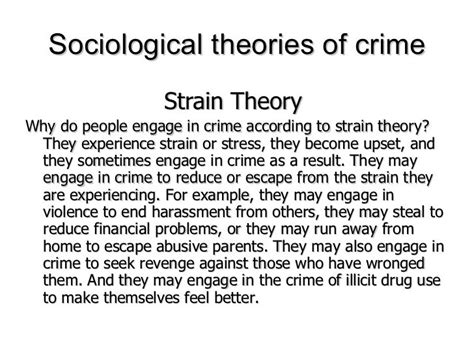
+
The causes of social disorganization include poverty, residential mobility, ethnic and racial heterogeneity, and urbanization.
What are the policy implications of the Social Disorganization Theory?
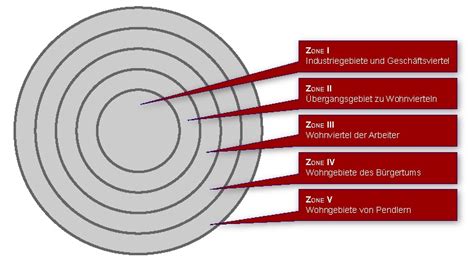
+
The policy implications of the Social Disorganization Theory include community-based programs, urban planning strategies, and social services aimed at addressing poverty, housing, and education.



